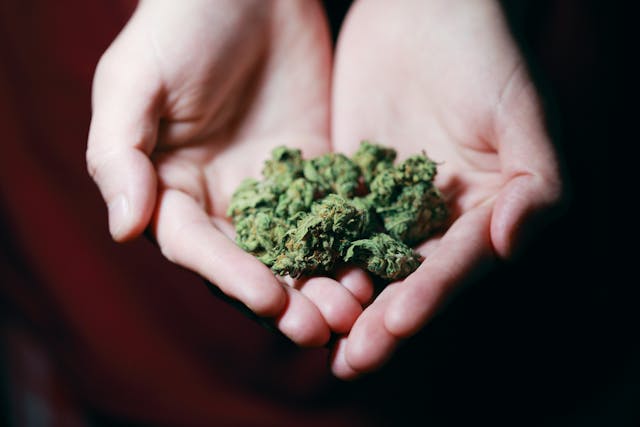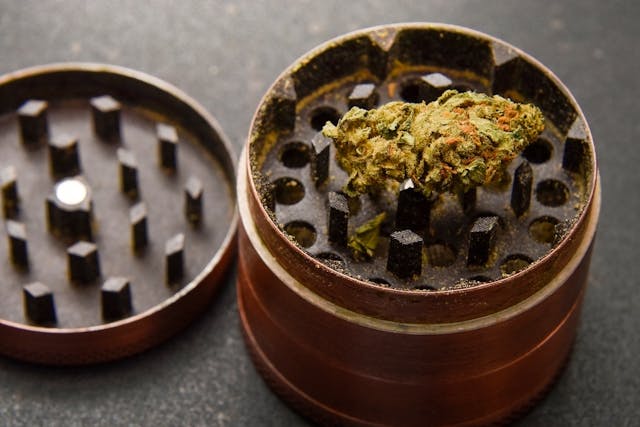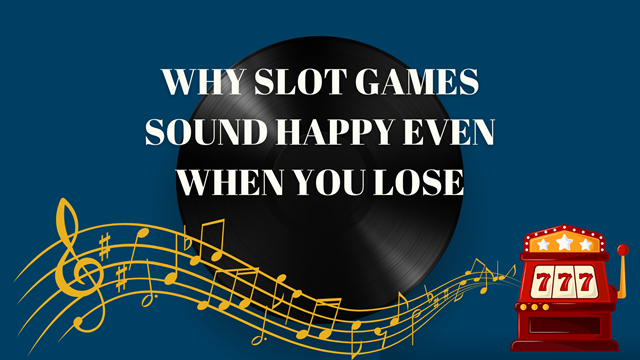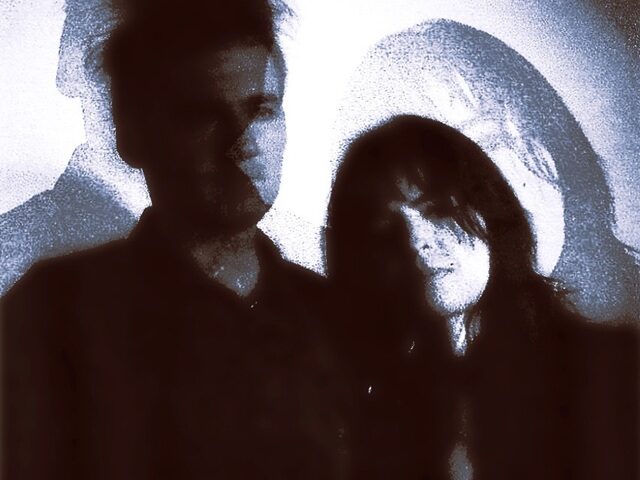There’s something undeniably special about those moments when sound and sensation blur—when the beat kicks in, the lights dim, and your mind feels just loose enough to let the music do its thing. For a lot of people, that sweet spot is where cannabis and music meet. It’s not just about “getting high and putting on a record.” It’s about tuning in, feeling every note a little deeper, and letting the sound carry you somewhere unexpected.
This isn’t a new idea. Artists, producers, and everyday listeners alike have long talked about how cannabis enhances their experience of sound—heightening details, deepening emotional response, and even shifting how time flows during a song. And while everyone’s taste in both music and cannabis is wildly personal, there are a few patterns that show why this pairing continues to be such a satisfying match.
If you’re into quality music and curious about the strains that could take your listening sessions up a notch, you’re not alone. Many listeners turn to The Herb Centre for reliable, curated cannabis that complements different moods and soundscapes without any guesswork or stress.
Let’s get into how this connection actually works—and why it’s more than just a vibe.

Why Music Feels Better When You’re High
At its core, music is just vibrations—soundwaves moving through the air. But our brains turn that vibration into something that feels like emotion, memory, movement. Add cannabis into the mix, and that process becomes even more intense.
Cannabis has been shown to enhance auditory perception in several ways. For starters, THC can affect the way your brain processes time. This means that a three-minute song might feel longer, more layered, more immersive. People often describe hearing subtle instrumental flourishes or background harmonies they never noticed before. It’s not your imagination—your brain is actually doing more with the input.
There’s also the emotional component. Cannabis can help loosen up mental filters and self-judgment, allowing music to hit harder or more honestly. Whether it’s a beat that makes your body move or a lyric that brings you to tears, the experience becomes less analytical and more felt.
It’s the difference between hearing and listening—between nodding along and sinking in.
Matching Strains with Sound
Not all highs are created equal. Just like you wouldn’t play a house party playlist during a candlelit bath, you wouldn’t necessarily reach for a heavy indica before diving into an upbeat indie record. Matching the mood of the music to the effect of the strain can turn a good listening session into a memorable one.
Here are a few pairings that tend to hit just right:
For Ambient or Lo-Fi Music:
Recommended Strain Type: Indica or indica-dominant hybrids
Think Boards of Canada, Nujabes, or early Tycho. The goal here is to slow down, sink into the textures, and let your thoughts drift. A relaxing strain with body-heavy effects can make the background feel like the main event.
For Psychedelic Rock or Experimental Sounds:
Recommended Strain Type: Balanced hybrids or light sativas
Tame Impala, Radiohead, Flying Lotus—the kind of artists who like to keep things weird. Look for strains that offer mild cerebral stimulation without pushing you into overthinking. You want to stay curious, not anxious.
For Hip-Hop or R&B:
Recommended Strain Type: Sativa-dominant hybrids
Kendrick Lamar, SZA, or A Tribe Called Quest. The rhythms are tight, the flow is quick, and your attention needs to stay sharp. Uplifting strains can help you catch lyrical complexity while still feeling relaxed.
For Jazz or Instrumental Music:
Recommended Strain Type: Light sativas or high-CBD strains
Jazz rewards patience and attentiveness. A clear-headed sativa can help you track the shifts in tempo and tone without feeling spaced out. CBD-rich strains are also great for a grounded experience.
Solo Sessions vs. Social Soundscapes
One of the underrated joys of pairing cannabis with music is how it flexes for different settings. Some days, it’s all about curling up with headphones and zoning into a record like it’s a personal journey. Other times, it’s about sharing energy with friends—passing a joint and playing a track that says, “You have to hear this.”
Solo Listening
This is where the magic gets personal. Whether you’re lying on the floor, walking under streetlights, or journaling while the vinyl spins, solo highs paired with music can feel almost therapeutic. Many people use this time to process feelings, unlock ideas, or just be quiet with themselves. Bonus: no need to negotiate playlist control.
Group Listening
Smoking with friends and putting on music can instantly shift the vibe of a space. It’s collaborative, creative, and usually leads to deep conversations or spontaneous dance breaks. A good strain can help lower social barriers, and a shared soundtrack creates collective memory.
The Ritual of It All
There’s something sacred about preparing a listening session. Rolling up, dimming the lights, setting the tone—it’s all part of the ritual. And for those who care about music as more than background noise, it becomes a way to honor the experience.
The right strain becomes part of that ritual. You don’t just pick something random. You consider the flavor profile, the type of high, and how it might interact with the album you’re about to play. Some people even journal their pairings, like wine enthusiasts logging their tastings.
Over time, these rituals build a personal library of what works. This strain for rainy days and acoustic sets. That one for bass-heavy tracks and late-night drives. It’s an ongoing experiment—and the results are almost always pleasant.
How Artists Use Cannabis in the Studio
It’s not just listeners who benefit. Many musicians have long talked about how cannabis helps unlock their creativity or dial into a specific emotional state while making music.
Producers often use cannabis to slow down their process—hearing individual elements of a mix more clearly, or getting lost in sonic detail they might otherwise overlook. Writers use it to open up their language, push past blocks, or access stories that feel out of reach when they’re in “default mode.”
Of course, not every artist uses it. But for those who do, it’s often described less as an escape and more like a shift in gears—a tool to access a different part of the mind.
Where Cannabis Meets Culture
Cannabis has always had a seat at the cultural table. From Bob Marley to Snoop Dogg to the DIY zine-makers of the 2000s, weed and music have gone hand-in-hand with counterculture, experimentation, and self-expression.
Today, it’s not just about rebellion—it’s about curation. People want clean, quality products from brands they trust. They want good music, too—stuff that doesn’t just top charts but hits in the heart. And they want the two experiences to complement each other without complications.
That’s part of why more people are turning to shops like The Herb Centre. It’s not just about buying weed—it’s about finding something that fits your taste, your routine, and yeah, your playlist.
A Few Listening Tips for the Next Session
If you’re ready to level up your next listening session, here are a few simple tips:
- Start low, go slow. Especially with edibles or high-THC strains. You want to enhance the music, not miss it.
- Use headphones. Even your favorite songs can sound totally new with good headphones and a lifted mindset.
- Create a playlist ahead of time. Avoid decision fatigue mid-high.
- Journal what you hear. Sounds nerdy, but writing down thoughts or emotions during a track can deepen your connection.
- Switch off the world. No scrolling. No multitasking. Just you and the music.

Final Thoughts
Pairing cannabis with music isn’t about zoning out—it’s about tuning in. It’s a way to stretch a moment, amplify feeling, and turn a simple song into an immersive experience. Whether you’re solo with headphones or passing a blunt with your crew, there’s something timeless and endlessly enjoyable about this pairing.
With so many strains and sounds to explore, there’s always a new combination to discover—and that’s half the fun.





